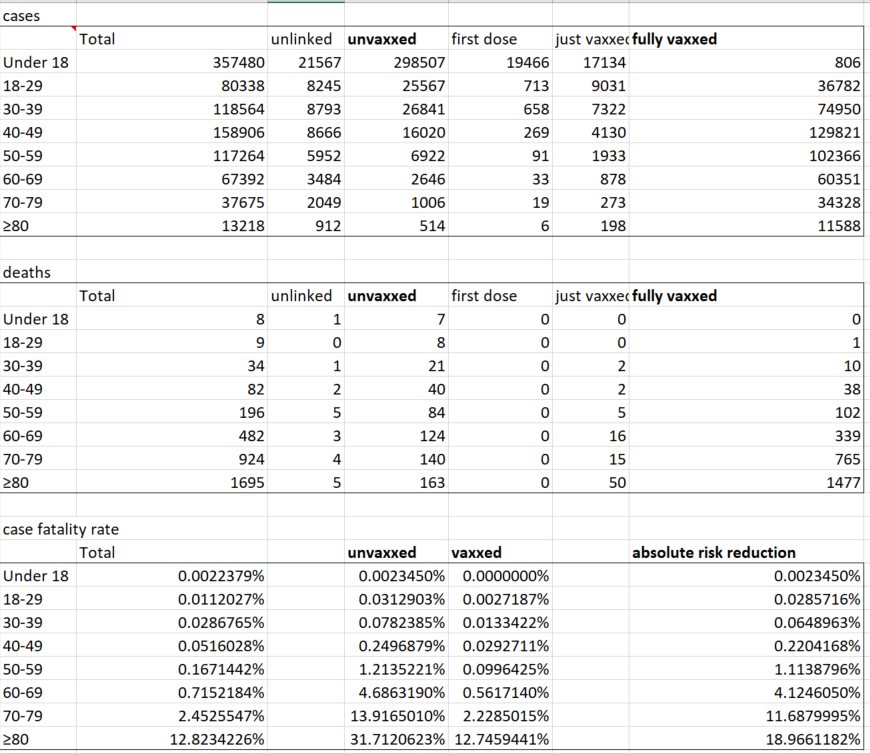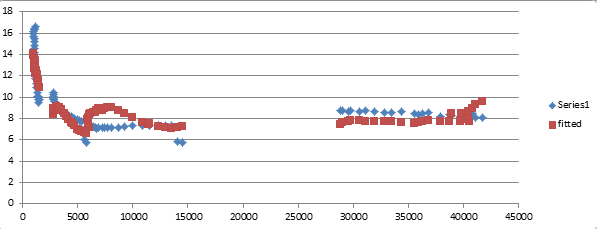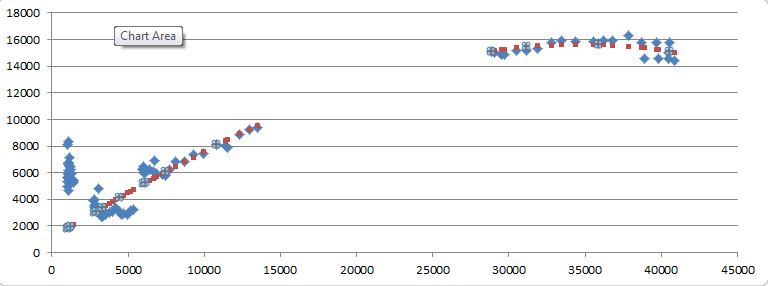I bothered to crunch some numbers on coronavirus vaccine efficacy, based on the UK’s latest published data which covers week 45 of 2021. I should note that this data comes to me from Eugyppius’ very excellent substack.
The UK Health Security Agency notes at the outset of the report that using the raw data contained in the weekly reports to calculate vaccine efficacy is problematic. Unfortunately, they then go on to give us their own take on vaccine efficacy, which is basically to say the vaccines are highly effective, based on published studies which date from May 2021, a time when efficacy from S Antibodies was riding high. Needless to say, in a world of waning vaccine efficacy and dominant Delta, these studies are next to useless.
Their caveats are well taken. Without controls, we don’t know very much about the populations of vaxxed versus unvaxxed, so it’s difficult to say we are comparing like with like. Still, given the time issues and the fact that massive public health decisions are being taken in real time, one must work with even flawed data, and try to read what it says. So here goes:
Cases, deaths and case fatality rates in Weeks 41-44 of 2021 for the United Kingdom

The top box shows the cases of new infections for Weeks 41 – 44 by age bracket and vaccination status. The middle box shows deaths for the same cohort, and for the same categories. This is data straight from the report. The bottom box shows the case fatality rate, i.e. the proportion of deaths among cases, for the two main categories (vaxxed and unvaxxed).
Right away, alarm bells should be ringing here. Case Fatality Rates, though following known trajectories with respect to age, seem high. Really high. For the over 80s the data suggests a CSF for the unvaxxed of over 30%, for the vaxxed almost 13%. We have known since the Diamond Princess that SARS-CoV-2 just isn’t that deadly. So this suggests we are looking at a very small subset of some unknown Infection Fatality Rate, or that the virus has evolved in a super-deadly direction. Hmm.
The last column of the bottom box is what I want to focus on though. It shows the absolute risk reduction – i.e. the percentage point reduction in fatality risk associated with being vaccinated. Again, all the caveats apply, and the fact that case fatality rates seem strangely high suggests these numbers are an upper bound. But the picture that is painted is so stark, it should be looked at and listened to by anyone pushing for more vaccination and boosters.
For anyone aged under 50, the absolute risk reduction from taking the vaccine is less than a quarter of a percentage point. For anyone under the age of 18, the absolute risk reduction is less than a quarter of a hundredth of a percentage point. To put this number into some kind of context, consider that the CDC reports the risk of death from the vaccine itself to be 0.0022%, virtually identical to childrens’ absolute risk reduction from the vaccine, i.e. the benefit.
The idea of pushing a medical procedure with unknown long-term risks and with short-term risks as high as if not higher than the benefits is, to say the least, neither rational nor medically ethical.


